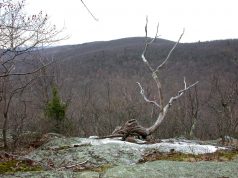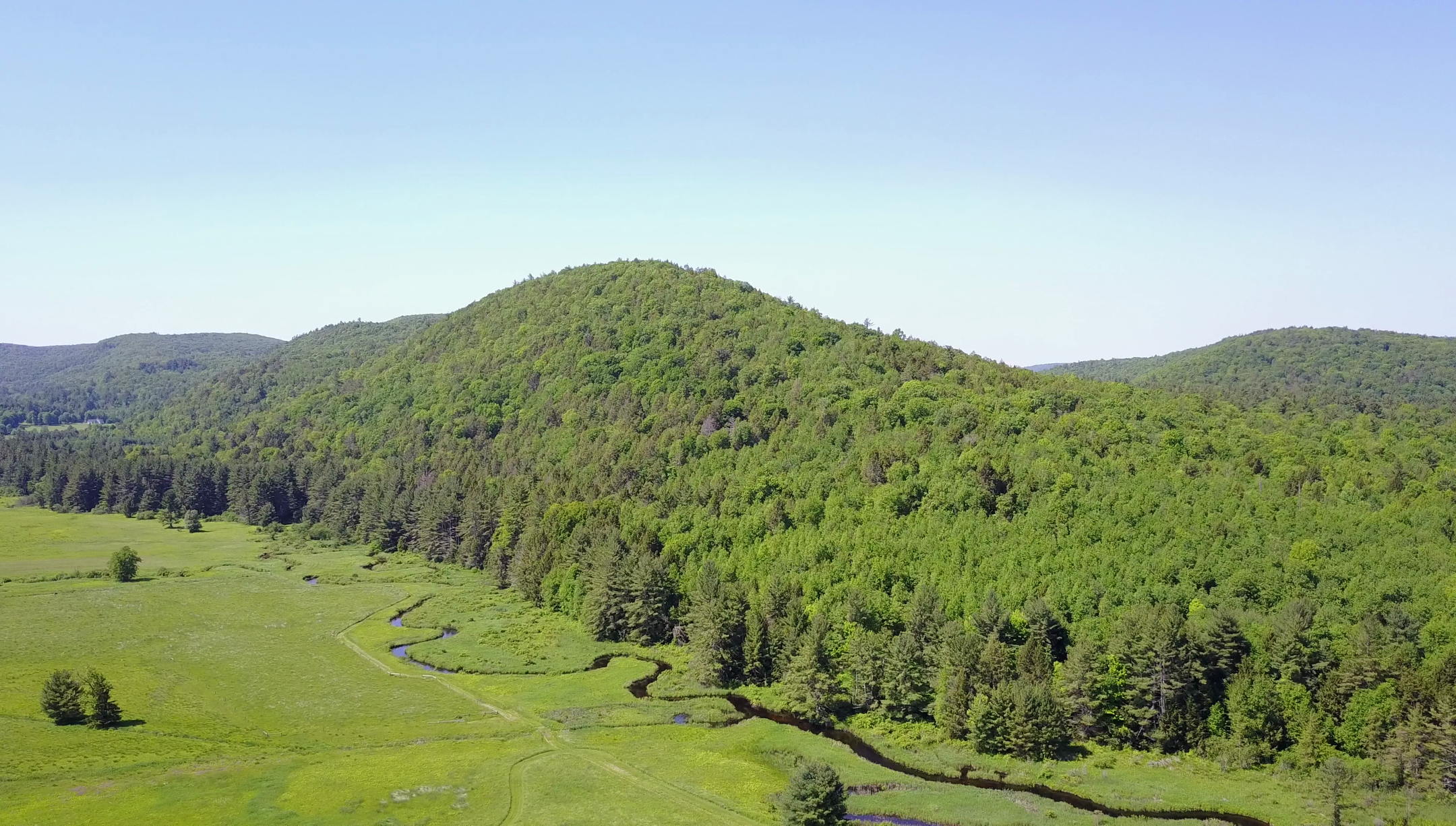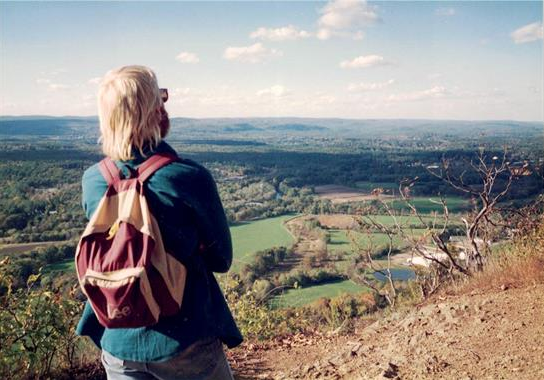Recitals are a key component of conservation easement documents. These “whereas” clauses describe the conservation values of a property. The recitals not only highlight what and why the land trust protects the land as a grantee of an easement; they are also used by the IRS to determine the validity of an easement’s tax donation. Furthermore, the baseline documentation report (BDR) that is created for every easement must address and proof each recital.
Here is a running list of conservation values for select use by easement writers. I will add to it over time. Readers are encouraged to submit additional items or comment on this list.
Start with these:
- The donation/gift is a “qualified conservation contribution” as that term is defined under Section 170(h)(2)(C) of the IRS Code, and as a “qualified conservation easement” under Section 2031(c) of the Code.
- There is “significant public benefit” under Treas. Reg. Section 1.170A-14(d)(4)(iv), such as but not limited to the following: (i) development of the Protected Property would lead to or contribute to the degradation of the scenic, natural, and open character of the area, (ii) by prohibiting development of the Protected Property and limiting its use this Conservation Easement will help prevent habitat fragmentation and will increase the potential for restoring or increasing biological diversity and native plant communities, and (iii) this conservation easement is consistent with public programs for conservation in the region [elaborate as applicable].
- This Conservation Easement protects a significant “relatively natural habitat of fish, wildlife, or plants, or similar ecosystem,” in accordance with Section 170(h)(4)(A)(ii) of the Code. Specifically, the Protected Property is habitat for or is adjacent to habitat for [elaborate as applicable].
- Easement is located in a conservation area or applies to a listed or declining species as identified by [government entity, national or regional NGO conservation entity, etc.]
Then add these as applicable:
- Scenic beauty and the perpetuation of the rural aesthetic
- Fulfilling an innate human need for wildness
- Farmland protection
- Protected lands foster soil development and the renewal of fertility
- Purification of air and water
- Tempering floods and droughts by protecting wetlands and non-impervious surfaces
- Aquifer and aquifer recharge site protection
- River and river corridor protection
- Protection of soils and shores from erosion
- Protection against habitat fragmentation: bigger blocks bring bigger beasts
- Provide homes for pollinators, a functional group in serious decline
- Habitat for game and non-game animals
- Protection of wildlife movement corridors
- Protection of complex habitat mosaics
- Increasing protected block size
- Protection of endangered, threatened, and rare species
- Maintenance of biodiversity with its many practical and aesthetic effects
- Sequestering carbon hence moderating global climate change
- Moderation of local and regional climatic extremes
- Protection of native biogeochemical cycling (element/nutrient sources and sinks)
- Parcels protected from logging in heavily logged landscapes serve as reference sites
- Public trails
- Preserves can serve as classrooms for many types of education
- Preserves foster wild foods such as mushrooms, berries, and nuts
- Providing a model or subject for art, literature, landscape architecture, etc.
- Active invasive-species suppression and eradication operations
- Serve as long-term ecological research (LTER) sites
- Provision of ecosystem services
July 7, 2017




